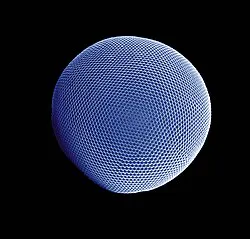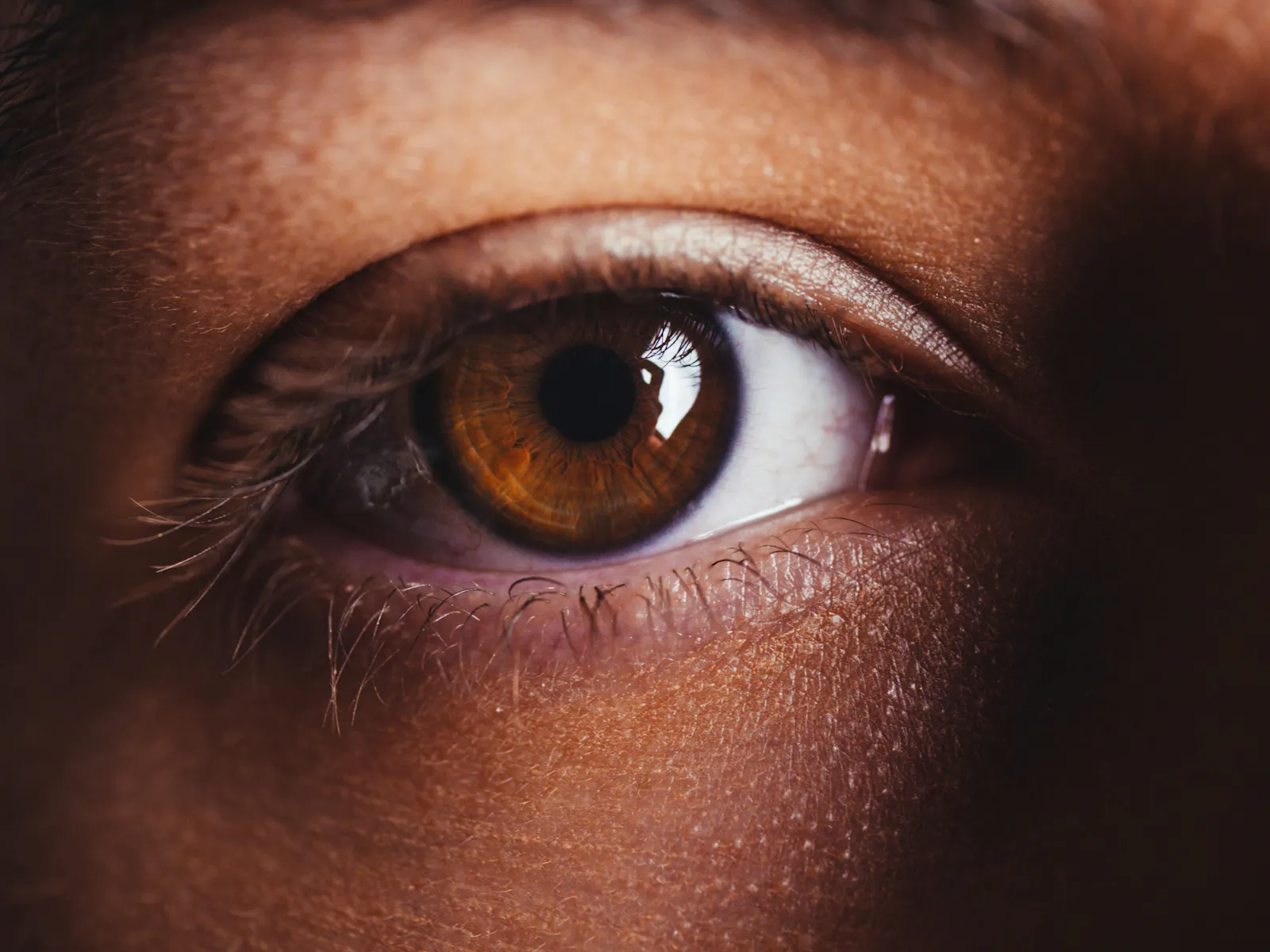
Eye
From Wikipedia, the free encyclopedia
Jump to navigation (Opens in a new window)Jump to search (Opens in a new window)
This article is about the organ. For the human eye, see Human eye (Opens in a new window). For the letter, see I (Opens in a new window). For other uses, see Eye (disambiguation) (Opens in a new window).
"Eyeball", "Eyes", and "Ocular" redirect here. For other uses, see Eyeball (disambiguation) (Opens in a new window), Eyes (disambiguation) (Opens in a new window), and Ocular (disambiguation) (Opens in a new window).
Eye
A human eye (Opens in a new window)

Compound eye (Opens in a new window) of an Antarctic krill (Opens in a new window)
DetailsSystem (Opens in a new window)Nervous (Opens in a new window)IdentifiersLatin (Opens in a new window)OculusMeSH (Opens in a new window)D005123 (Opens in a new window)TA98 (Opens in a new window)A15.2.00.001 (Opens in a new window)
A01.1.00.007 (Opens in a new window)TA2 (Opens in a new window)113 (Opens in a new window), 6734 (Opens in a new window)FMA (Opens in a new window)54448 (Opens in a new window)Anatomical terminology (Opens in a new window)
[edit on Wikidata (Opens in a new window)]
Eyes are organs (Opens in a new window) of the visual system (Opens in a new window). They provide animals with vision (Opens in a new window), the ability to receive and process visual detail, as well as enabling several photo response functions that are independent of vision. Eyes detect light (Opens in a new window) and convert it into electro-chemical impulses in neurons (Opens in a new window). In higher organisms, the eye is a complex optical (Opens in a new window) system which collects light from the surrounding environment, regulates its intensity through a diaphragm (Opens in a new window), focuses (Opens in a new window) it through an adjustable assembly of lenses (Opens in a new window) to form an image (Opens in a new window), converts this image into a set of electrical signals, and transmits these signals to the brain (Opens in a new window) through complex neural pathways that connect the eye via the optic nerve (Opens in a new window) to the visual cortex (Opens in a new window) and other areas of the brain. Eyes with resolving power have come in ten fundamentally different forms, and 96% of animal (Opens in a new window) species possess a complex optical system.[1] (Opens in a new window) Image-resolving eyes are present in molluscs (Opens in a new window), chordates (Opens in a new window) and arthropods (Opens in a new window).[2] (Opens in a new window)
The most simple eyes, pit eyes, are eye-spots which may be set into a pit to reduce the angles of light that enters and affects the eye-spot, to allow the organism to deduce the angle of incoming light.[1] (Opens in a new window) From more complex eyes, retinal photosensitive ganglion cells (Opens in a new window) send signals along the retinohypothalamic tract (Opens in a new window) to the suprachiasmatic nuclei (Opens in a new window) to effect circadian adjustment and to the pretectal area (Opens in a new window) to control the pu (Opens in a new window)
